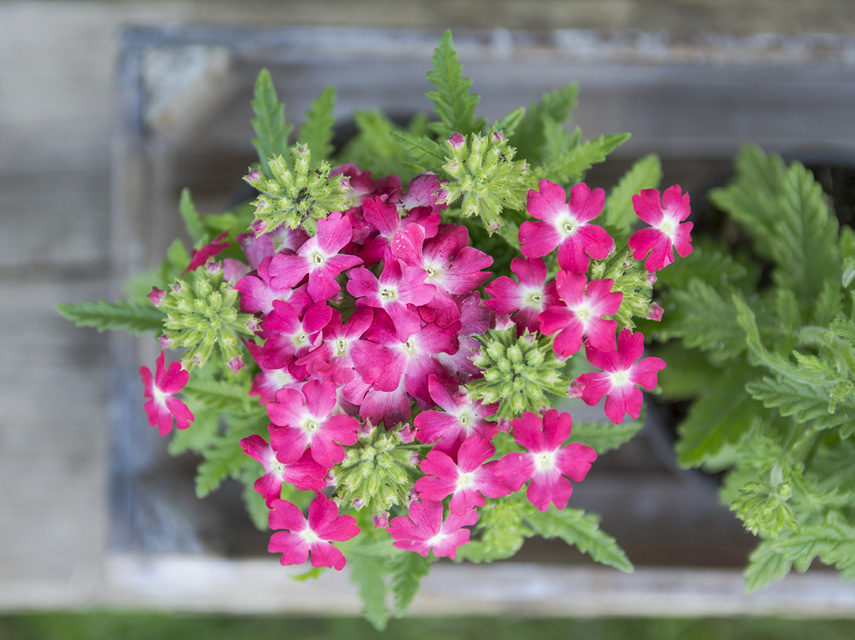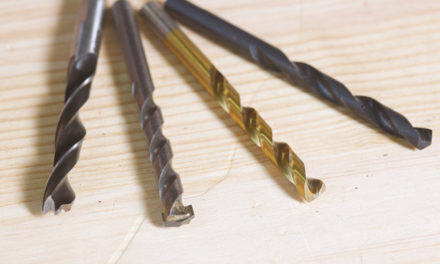Work done in the garden in September paves the way for abundant ornamental and vegetable gardens in spring and summer.
In the Ornamental Garden
September-flowering plants are the hardy ones. They need to be able to withstand wind, cold nights and sudden rises in temperature in the daytime, depending on the region.
However, you can get a real flush of colour and pleasure from your garden this month, with marigolds, gorgeous yellow jasmine and deliciously scented almonds in bloom.
Pelargoniums are at their best at this time too and are perfect in hanging baskets. However, while you may be tempted to sit back and sniff almond blossoms, the real work in an ornamental garden this month is planting up for spring and summer.
What flowers to plant in September
Alyssum – create a carpet of white, blue or purple in sunny spots along the edges of beds, as groundcover or as a filler in containers.
Dianthus – these bushy plants grow to 20 to 25 centimetres high and come in a variety of pinks, purples and whites with single or double flowers. Plant them in sunny spots as borders or in containers.
Delphinium – use dwarf varieties as borders and stake tall varieties at the back of beds. They’ll add spikes of blue colour to sunny to semishaded areas.
Gazania – hardy, drought tolerant and excellent in a waterwise garden, gazanias love sun. They’re low-growing and add colour to beds, along pavements, or in containers or hanging baskets.
Verbena – a great sun-loving groundcover, verbenas are covered in pink, purple, white or apricot flowers. Besides being good as a groundcover, they’re particularly pretty in baskets and containers and spill their flowers over the edges.
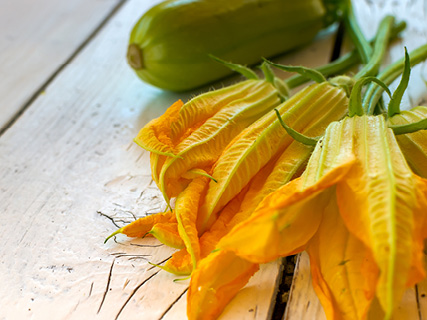
Get those bulbs in
Plant spring- and summer-flowering bulbs in September. Dahlias and gladioli love full sun, liliums like full sun to semi-shade. This is also a good time to plant shadeloving begonias in groups for maximum impact.
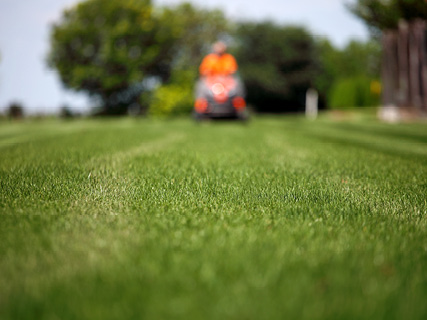
In the vegetable garden
Although many parts of the country are still experiencing frost in September, you can still plant and sow a long list of vegetables and herbs in sheltered spots to ensure your spring and summer pantry is full.
- Start succession planting of lettuce seedlings.
- Start sowing in small quantities, in two to three week intervals, the seeds of tomatoes, spinach, Swiss chard, cabbage and sweet peppers. This way you’ll have a continuous supply.
- n summer rainfall areas, sow courgette seeds in a sunny and protected place early to prevent fungus.
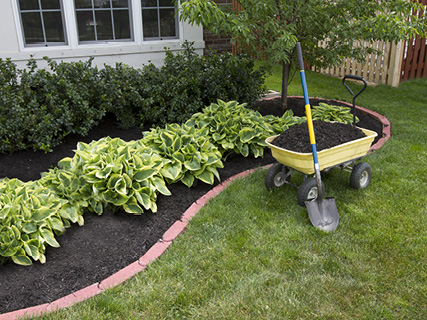
What to feed your garden in September
Give your garden a boost in September so that the spring months will be bountiful.
- Roses – feed them after pruning.
- Hydrangeas – give them Shake ‘n Grow for pink or blue hydrangeas.
- Fuchsias – potted plants need re-potting into fresh potting soil; those in the garden can get a serving of Wonder Vitaliser Rose and Flower.
- Lawns – give runner-type lawns a short cut and a good feeding with Neutrog Blade Runner. In colder areas, leave this job ‘til October.
The benefits of composting
Compost adds nutrients to the soil, whether dug into new beds or layered on top. A thick layer of compost and/ or mulch helps to protect the roots from icy cold in winter and heat in summer. Add a thick layer in September all around the garden, then feed with a general slow-release fertiliser and water well. Finish the process with a layer of mulch. Now your garden is set for spring.

